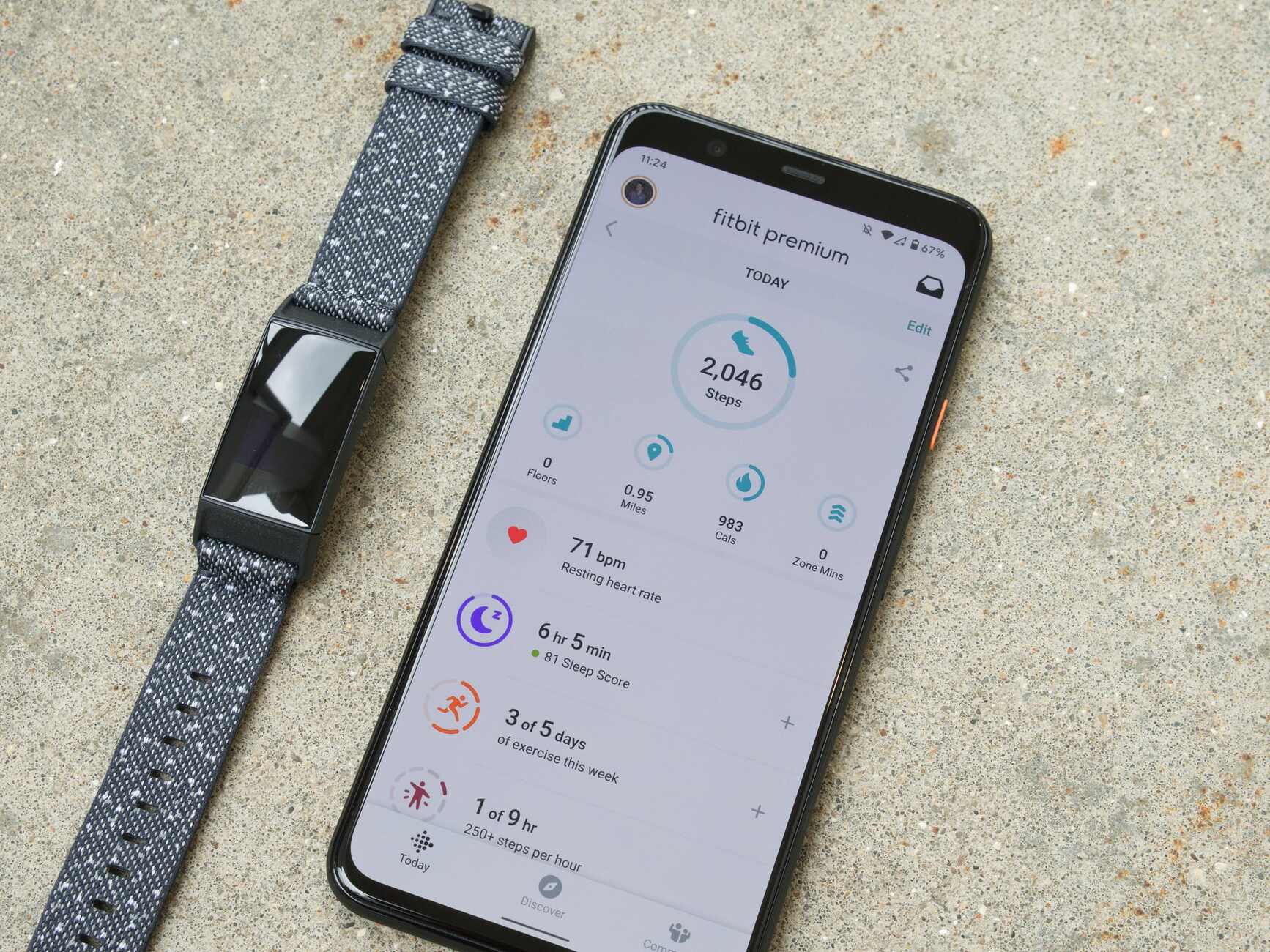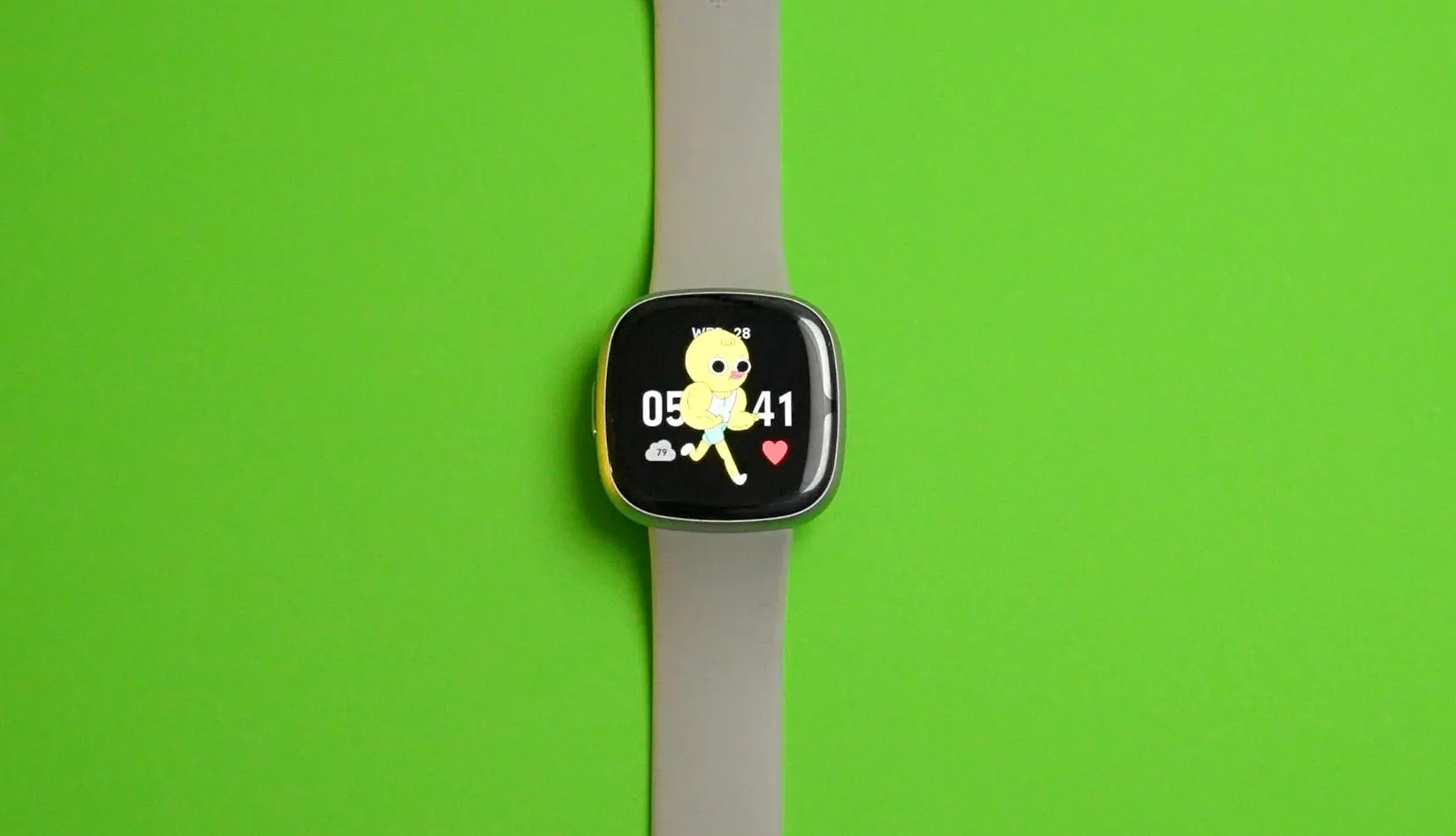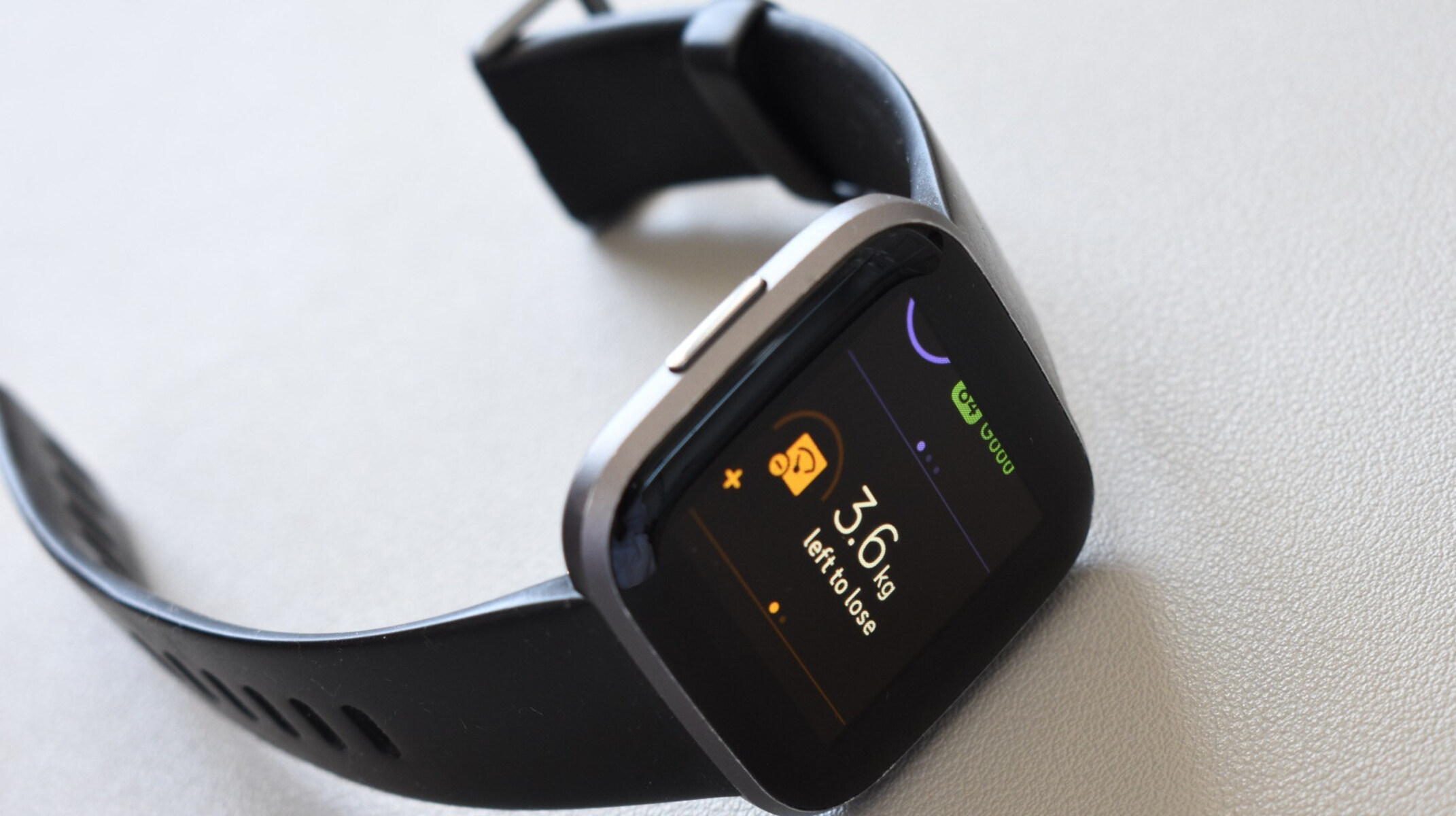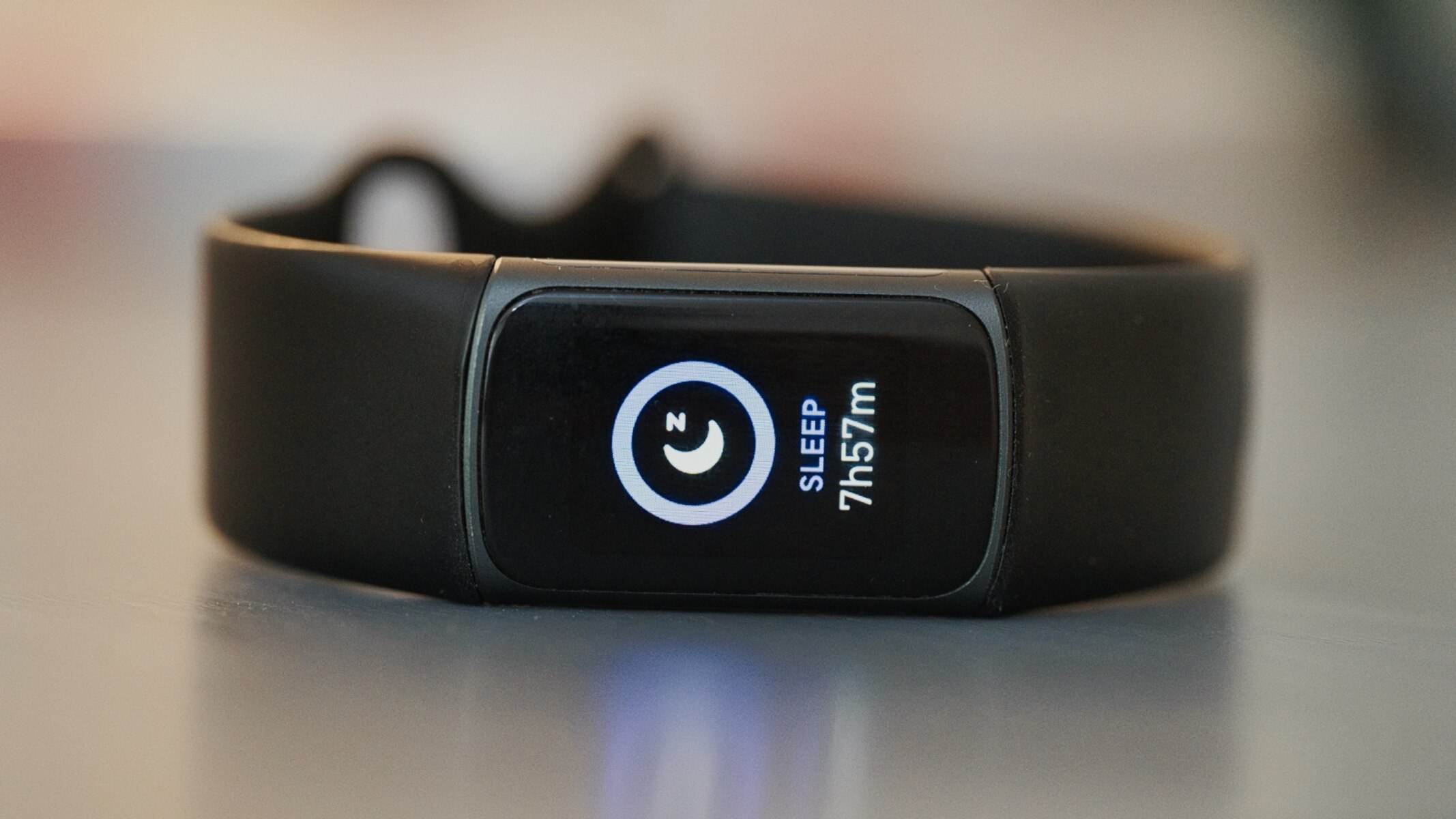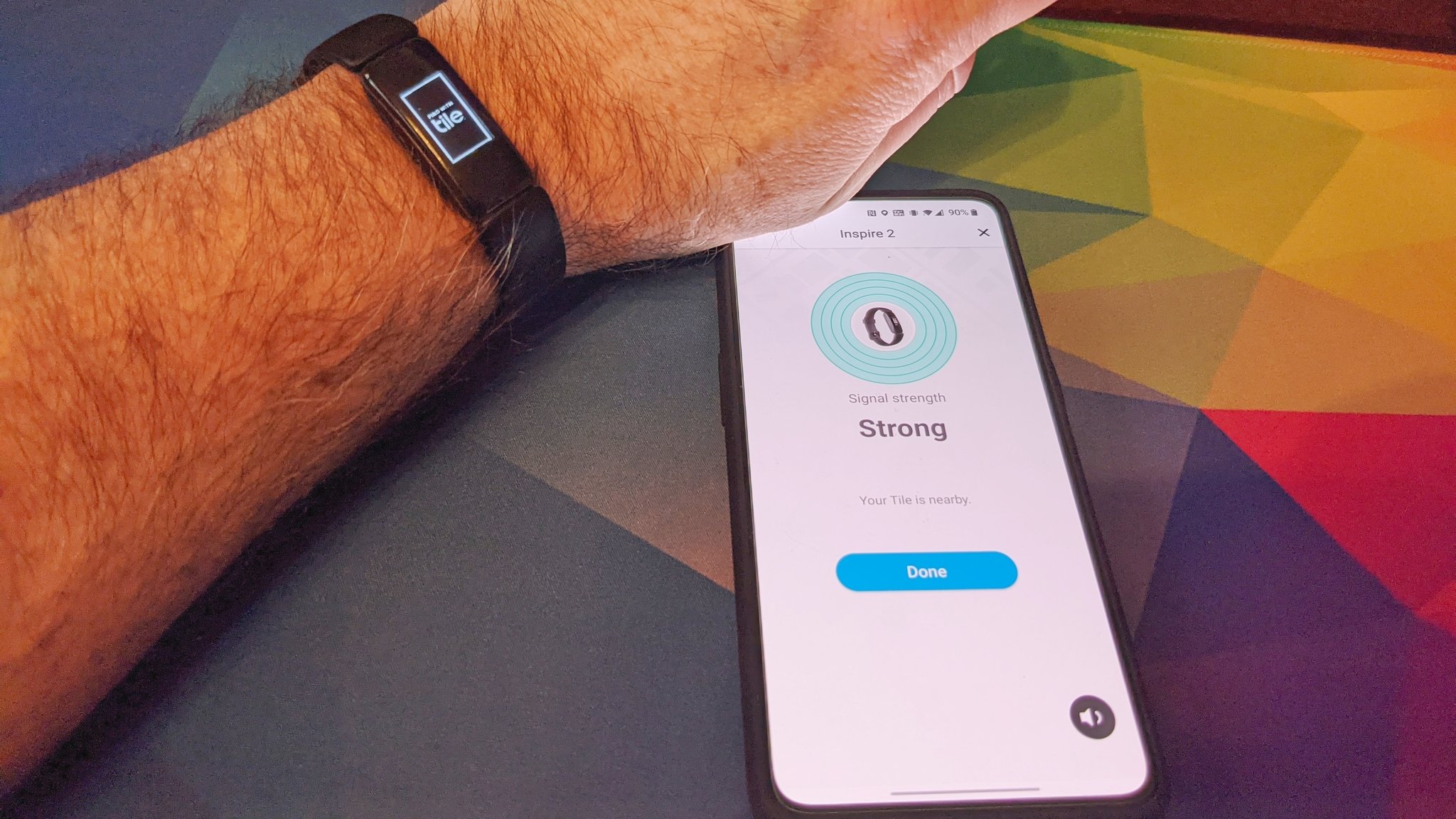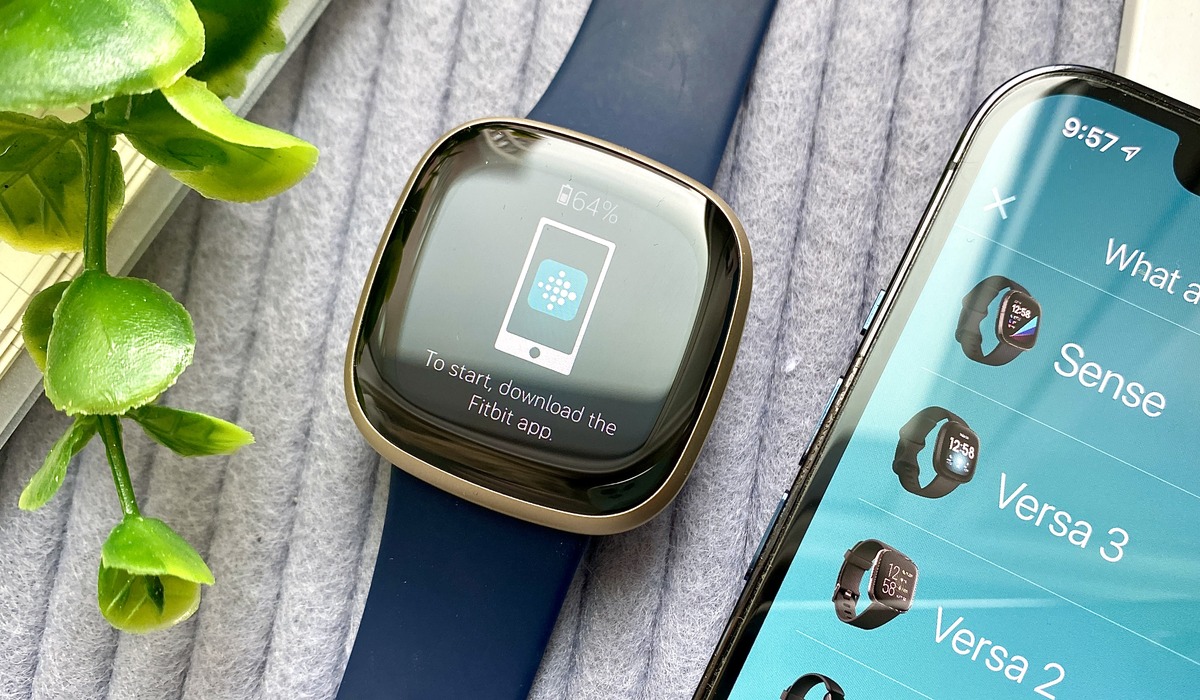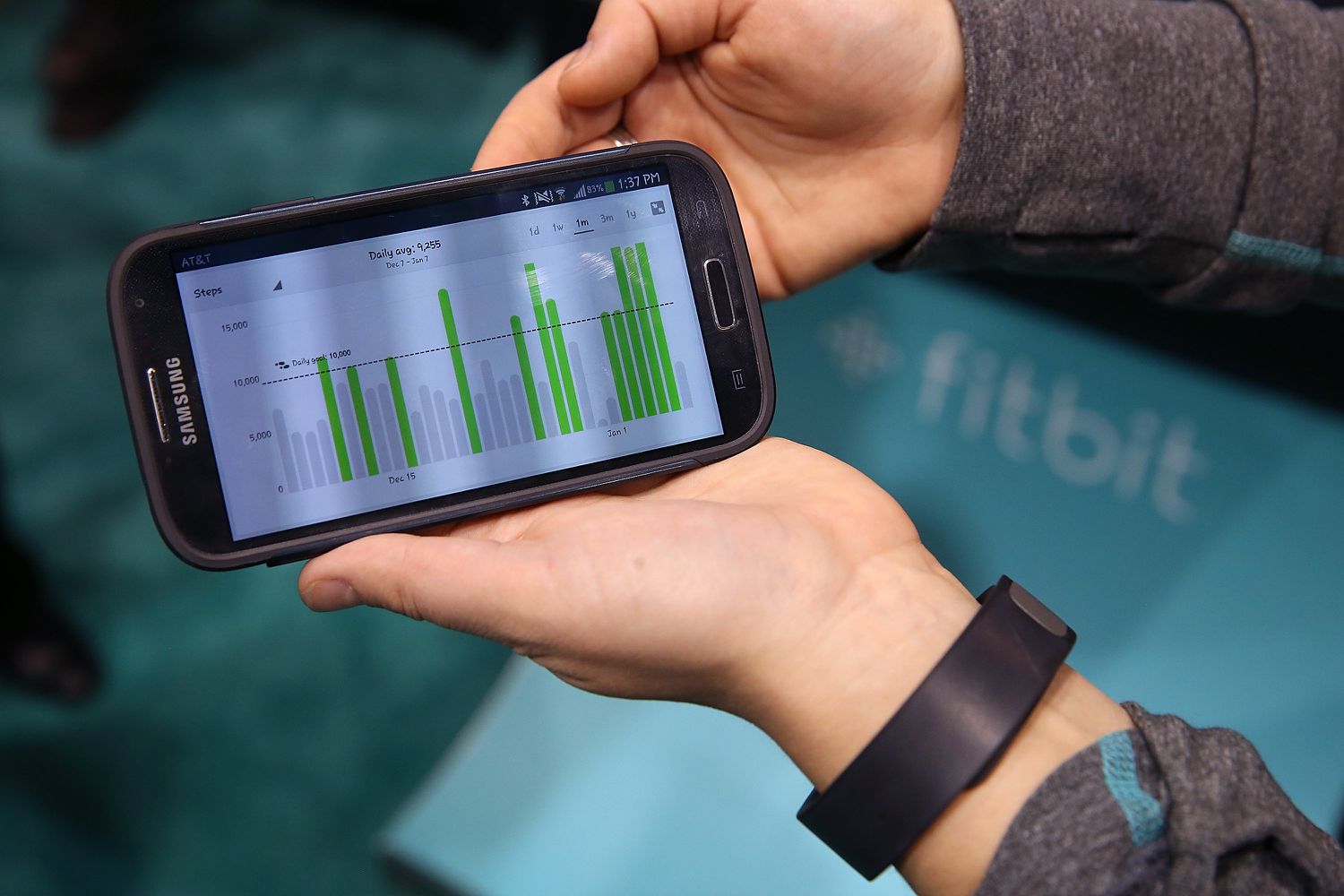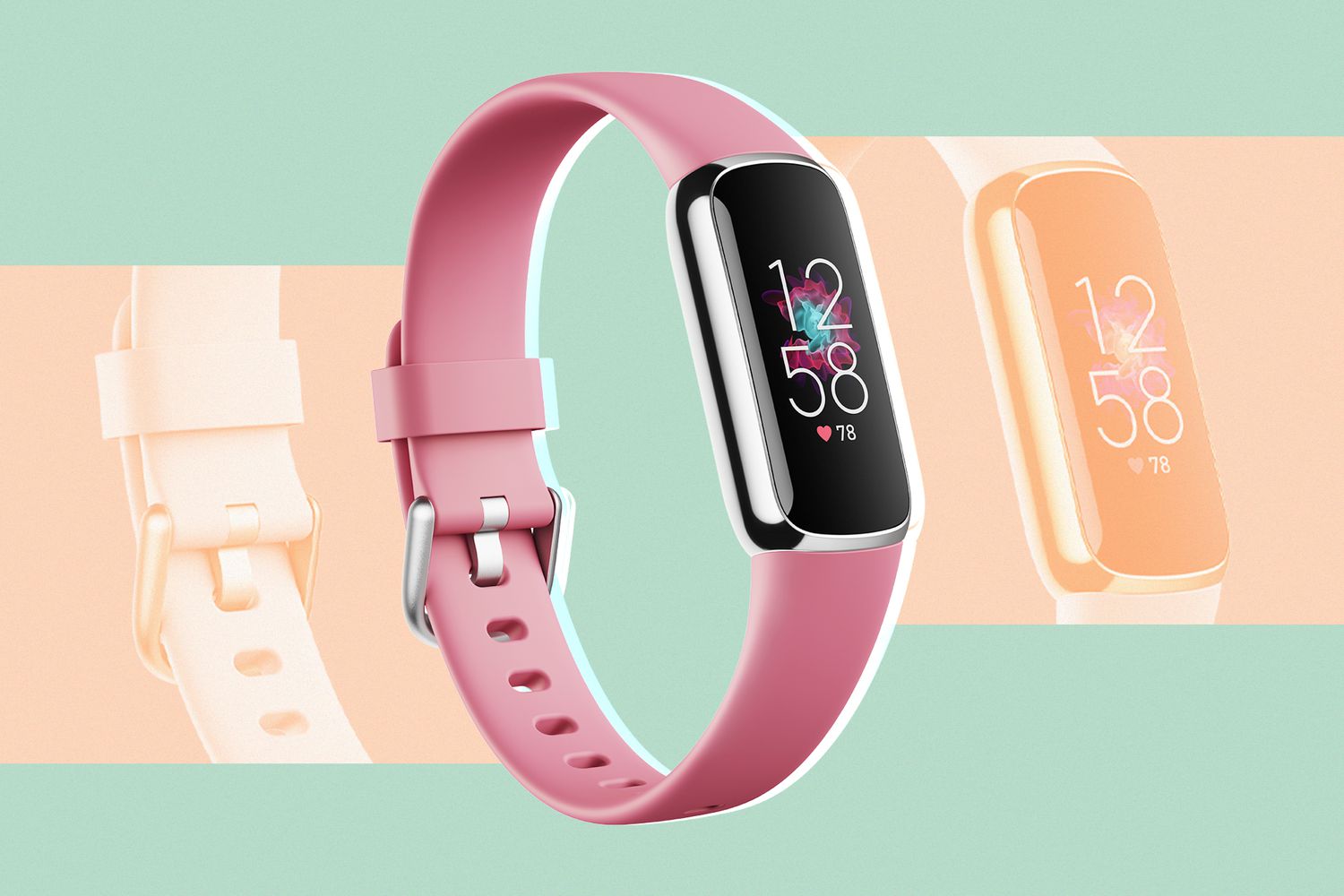Introduction
The Fitbit dashboard is the central hub where users can track their fitness progress, monitor health metrics, and gain insights into their overall well-being. It serves as a personalized command center, providing at-a-glance access to vital information such as step count, heart rate, sleep patterns, and more. With the ability to customize the dashboard by adding and arranging tiles, users can tailor their Fitbit experience to align with their specific health and fitness goals.
In this comprehensive guide, we will delve into the process of customizing the Fitbit dashboard by adding tiles and optimizing their layout. By incorporating a diverse array of tiles, users can gain a holistic view of their health data, fostering a deeper understanding of their fitness journey. Whether it's focusing on daily activity, sleep trends, heart rate variability, or hydration levels, the dashboard can be tailored to showcase the most pertinent information.
By the end of this article, you will be well-equipped to maximize the functionality of your Fitbit dashboard, ensuring that it reflects your unique health and wellness priorities. Let's embark on this journey of personalization and empowerment, as we unlock the full potential of the Fitbit dashboard.
Understanding Fitbit Dashboard
The Fitbit dashboard serves as a dynamic interface that consolidates an individual's health and fitness data into a single, easily accessible location. It provides a comprehensive overview of various metrics, including physical activity, sleep patterns, heart rate, and more. This centralized platform empowers users to gain valuable insights into their overall well-being, facilitating informed decision-making and goal setting.
Upon accessing the Fitbit dashboard, users are greeted by an array of customizable tiles, each representing a specific health or fitness metric. These tiles are strategically arranged to offer a snapshot of the user's daily progress and trends. The dashboard's intuitive design allows for seamless navigation, enabling users to effortlessly delve into detailed analytics while maintaining a clear view of their overarching health objectives.
The dashboard's versatility is exemplified by its ability to adapt to the user's unique preferences and priorities. Whether an individual is focused on achieving a step count goal, monitoring sleep quality, or tracking hydration levels, the dashboard can be tailored to prominently display the most relevant information. This personalized approach fosters a sense of ownership over one's health journey, motivating users to actively engage with their data and make meaningful lifestyle adjustments.
Furthermore, the Fitbit dashboard serves as a visual representation of an individual's progress over time. By presenting historical data alongside real-time metrics, users can observe trends, identify patterns, and celebrate milestones. This retrospective view not only reinforces a sense of accomplishment but also provides actionable insights for continuous improvement.
In essence, the Fitbit dashboard is a pivotal tool that goes beyond mere data display. It functions as a virtual companion, offering support, encouragement, and a tangible representation of an individual's commitment to holistic well-being. By comprehensively understanding the capabilities and nuances of the dashboard, users can harness its full potential to optimize their health and fitness endeavors.
Adding Tiles to Fitbit Dashboard
Customizing the Fitbit dashboard involves adding tiles to cater to specific health and fitness preferences. This process empowers users to curate a personalized dashboard that aligns with their individual goals and priorities. By incorporating a diverse range of tiles, users can gain a comprehensive view of their health data, fostering a deeper understanding of their fitness journey.
To add tiles to the Fitbit dashboard, users can follow a straightforward process within the Fitbit mobile app or web interface. Upon accessing the dashboard settings, users are presented with a selection of available tiles representing various health and fitness metrics. These tiles encompass a wide spectrum of data, including steps taken, active minutes, heart rate, sleep patterns, hydration levels, and more. Users can seamlessly browse through the available tiles and select those that are most pertinent to their well-being objectives.
Once the desired tiles have been chosen, they can be effortlessly added to the dashboard with a simple tap or click. This intuitive interface ensures a user-friendly experience, allowing individuals to tailor their dashboard with ease. The ability to select and add tiles empowers users to prioritize the display of key health metrics, ensuring that the dashboard accurately reflects their unique wellness journey.
The process of adding tiles to the Fitbit dashboard is not merely a functional customization feature; it represents a pivotal step towards personalization and empowerment. By curating a dashboard that showcases the most relevant health and fitness data, users can proactively engage with their well-being, fostering a deeper sense of ownership and motivation. This tailored approach encourages users to actively monitor their progress, set meaningful goals, and make informed decisions based on the displayed metrics.
In essence, adding tiles to the Fitbit dashboard is a transformative process that transcends mere customization. It embodies a user-centric approach, allowing individuals to craft a dashboard that serves as a reflection of their health and fitness aspirations. This level of personalization fosters a deeper connection with one's well-being, ultimately propelling users towards sustained engagement and meaningful lifestyle enhancements.
Customizing Tile Layout
Customizing the tile layout on the Fitbit dashboard is a pivotal aspect of personalizing the user experience to align with specific health and fitness priorities. This process empowers individuals to arrange their dashboard in a manner that optimally showcases their preferred health metrics, fostering a deeper understanding of their well-being journey.
Upon adding tiles to the Fitbit dashboard, users have the flexibility to arrange them in a layout that best suits their preferences. This intuitive customization feature enables individuals to prioritize the display of essential health and fitness data, ensuring that the most pertinent metrics are prominently showcased. By strategically arranging the tiles, users can create a visual hierarchy that aligns with their overarching well-being goals.
The process of customizing the tile layout is seamlessly integrated into the Fitbit interface, allowing for effortless rearrangement of tiles. Users can simply drag and drop the tiles to reposition them within the dashboard, facilitating a tailored arrangement that resonates with their unique health and fitness journey. This user-centric approach ensures that individuals have full control over the visual representation of their data, empowering them to curate a dashboard that reflects their specific priorities.
Furthermore, customizing the tile layout extends beyond mere visual organization; it embodies a deliberate effort to streamline the accessibility of vital health metrics. By arranging the tiles in a manner that aligns with individual preferences, users can gain quick and intuitive access to the data that holds the most significance to them. This seamless accessibility fosters a deeper connection with one's health journey, enabling users to engage with their data in a meaningful and impactful manner.
In essence, customizing the tile layout on the Fitbit dashboard represents a transformative step towards personalization and user empowerment. It transcends traditional data display by allowing individuals to curate a visual representation of their well-being journey. This tailored approach not only enhances the user experience but also fosters a deeper sense of ownership and motivation, ultimately propelling individuals towards sustained engagement and proactive health management.
Managing Tile Settings
Managing tile settings within the Fitbit dashboard empowers users to fine-tune the display and behavior of individual tiles, ensuring a personalized and optimized user experience. This granular level of control allows individuals to tailor the presentation of health and fitness data to align with their specific preferences and priorities.
Upon adding tiles to the Fitbit dashboard and arranging them in a layout that resonates with their well-being journey, users can delve into the intricacies of tile settings. This process involves accessing the settings for each tile, where a myriad of customization options await. From adjusting display preferences to setting personalized goals and thresholds, managing tile settings provides a comprehensive toolkit for users to tailor their dashboard to their exact specifications.
One of the key aspects of managing tile settings is the ability to configure individual preferences for each tile. This includes selecting the specific metrics or data points to be displayed within the tile, allowing users to focus on the aspects of their health journey that hold the most significance to them. Whether it's prioritizing step count, heart rate variability, sleep duration, or hydration levels, users can meticulously curate the information presented within each tile to ensure its relevance to their well-being objectives.
Furthermore, managing tile settings extends to setting personalized goals and thresholds for various health metrics. This proactive approach enables users to establish targets for steps taken, active minutes, sleep duration, and more, fostering a tangible framework for goal setting and progress tracking. By defining personalized benchmarks within the tile settings, individuals can embark on a journey of continuous improvement, leveraging their dashboard as a dynamic tool for goal management and achievement.
In addition to display preferences and goal setting, managing tile settings encompasses the ability to customize notifications and alerts associated with specific metrics. This feature empowers users to stay informed and motivated, receiving timely updates and reminders related to their health and fitness objectives. Whether it's receiving a gentle nudge to stay hydrated or celebrating reaching a step count milestone, personalized notifications add a layer of encouragement and support to the user experience.
In essence, managing tile settings within the Fitbit dashboard represents a pivotal step towards fine-tuning the user experience to align with individual health and fitness priorities. By offering a comprehensive suite of customization options, this feature ensures that users have the tools and flexibility to curate a dashboard that serves as a reflection of their well-being journey. From personalized data display to goal management and proactive notifications, managing tile settings empowers users to engage with their health and fitness data in a meaningful and impactful manner, fostering sustained motivation and progress.
Conclusion
In conclusion, the process of customizing the Fitbit dashboard by adding, arranging, and managing tiles represents a transformative journey towards personalization and empowerment. By delving into the intricacies of dashboard customization, users can curate a personalized command center that resonates with their unique health and fitness objectives. The ability to add a diverse array of tiles to the dashboard empowers individuals to prioritize the display of vital health metrics, fostering a deeper understanding of their well-being journey.
Furthermore, the flexibility to arrange the tiles in a layout that aligns with individual preferences ensures that users can create a visual hierarchy that best reflects their overarching health and fitness goals. This tailored approach extends beyond mere visual organization, providing users with quick and intuitive access to the data that holds the most significance to them. Moreover, the process of managing tile settings offers a comprehensive toolkit for fine-tuning the display and behavior of individual tiles, allowing for a granular level of customization that aligns with specific health and fitness priorities.
By curating a dashboard that showcases the most relevant health and fitness data, users can proactively engage with their well-being, fostering a deeper sense of ownership and motivation. The Fitbit dashboard transcends traditional data display by serving as a virtual companion, offering support, encouragement, and a tangible representation of an individual's commitment to holistic well-being.
In essence, the journey of customizing the Fitbit dashboard is not merely a functional process; it embodies a user-centric approach that empowers individuals to craft a dashboard that serves as a reflection of their health and fitness aspirations. This level of personalization fosters a deeper connection with one's well-being, ultimately propelling users towards sustained engagement and meaningful lifestyle enhancements. As users embark on this journey of personalization and empowerment, they unlock the full potential of the Fitbit dashboard, ensuring that it becomes a dynamic tool for proactive health management and continuous improvement.







